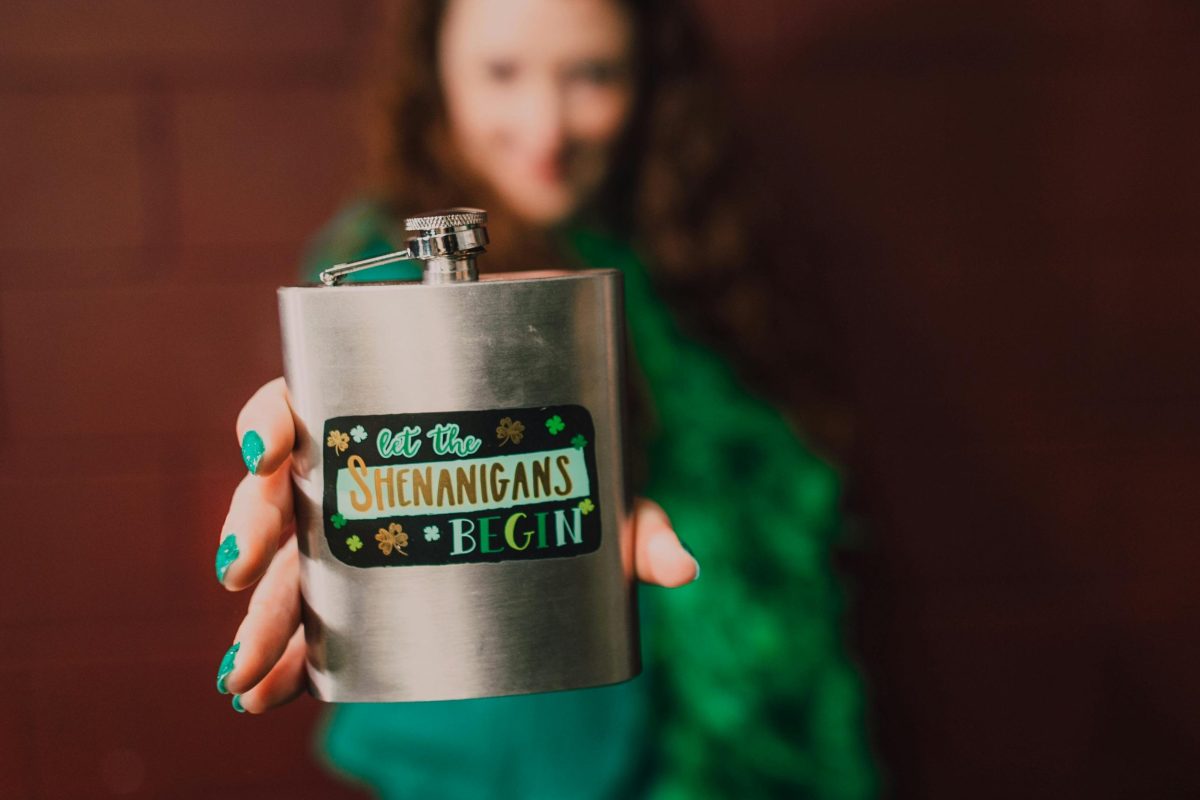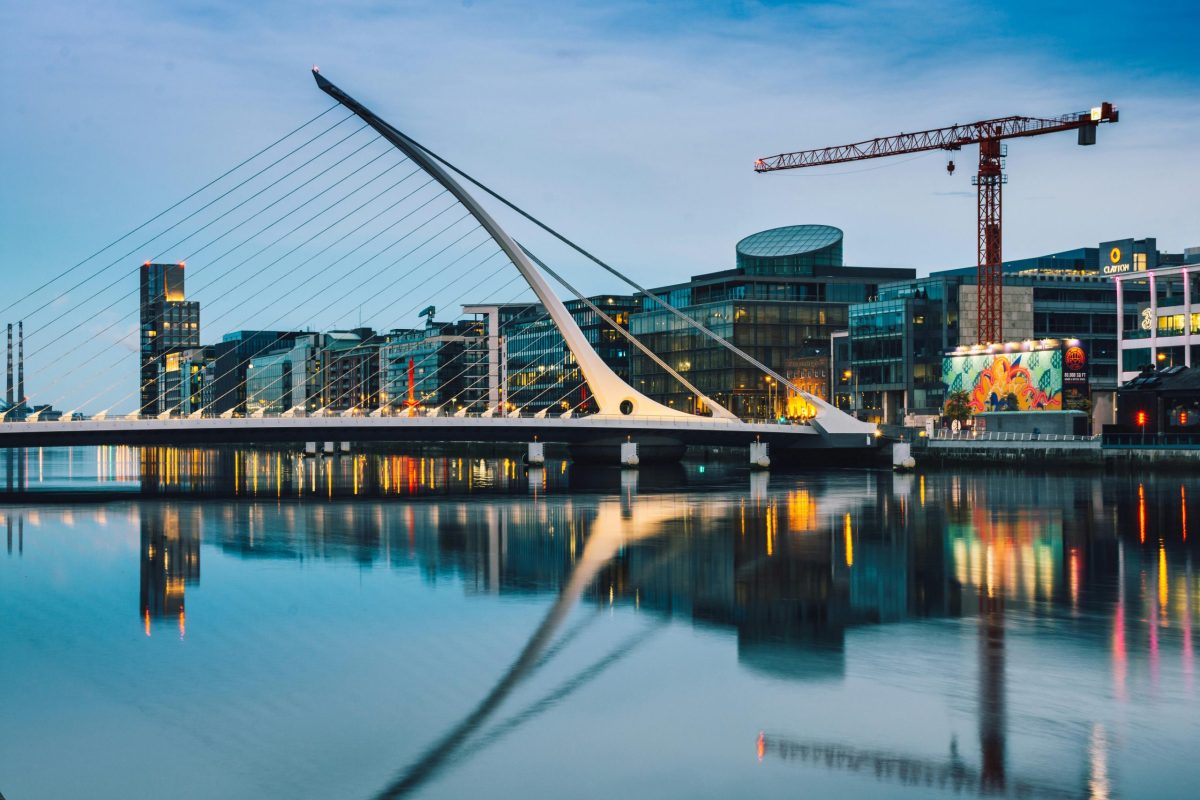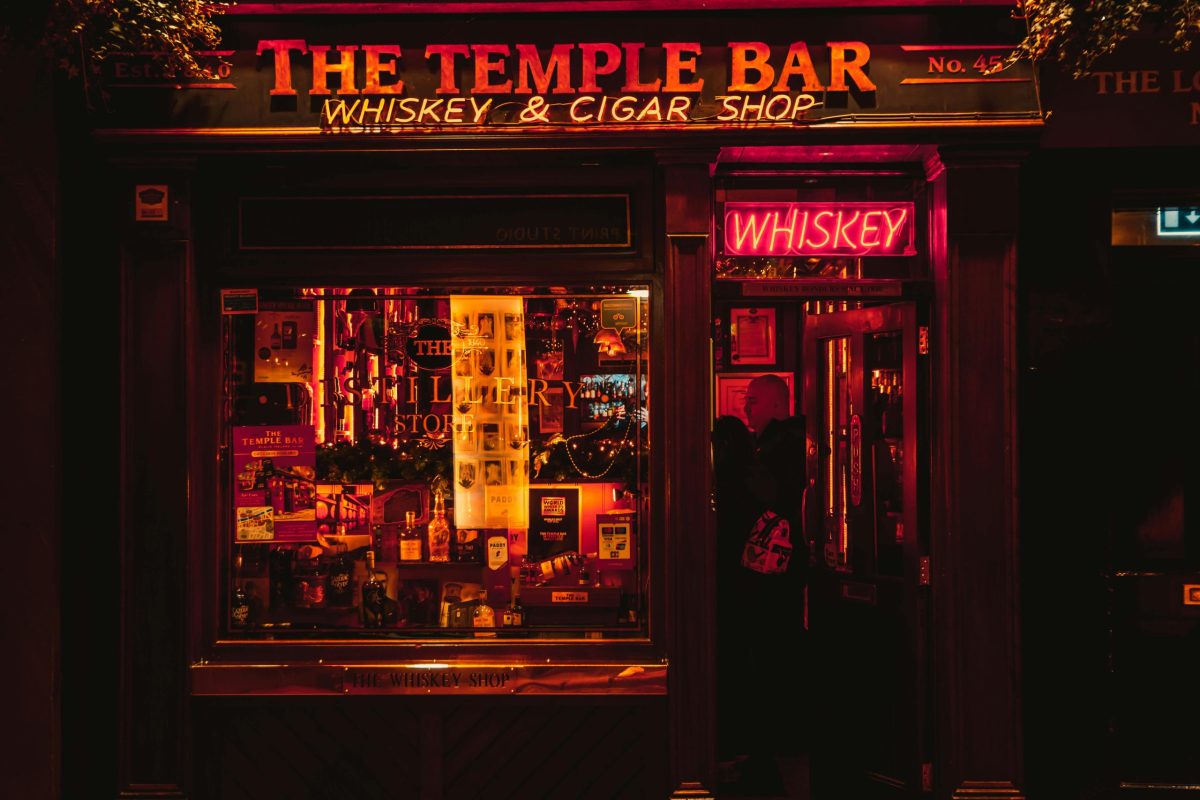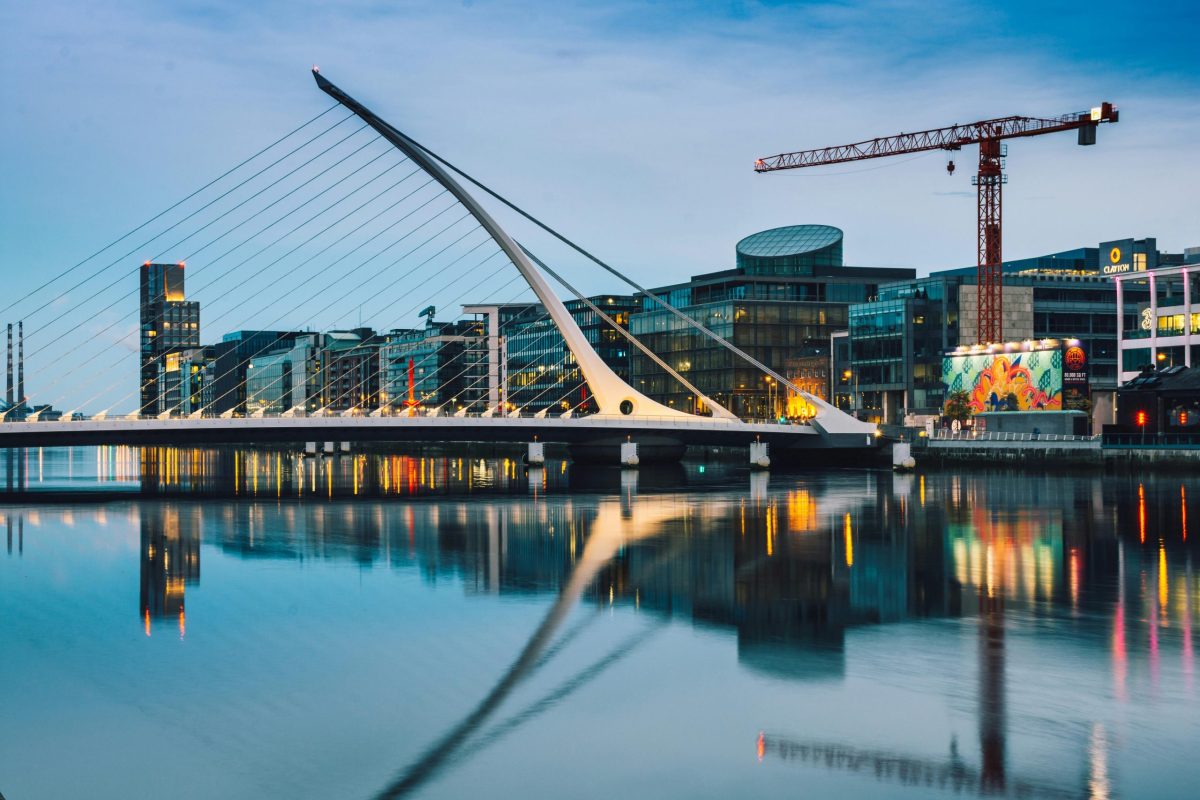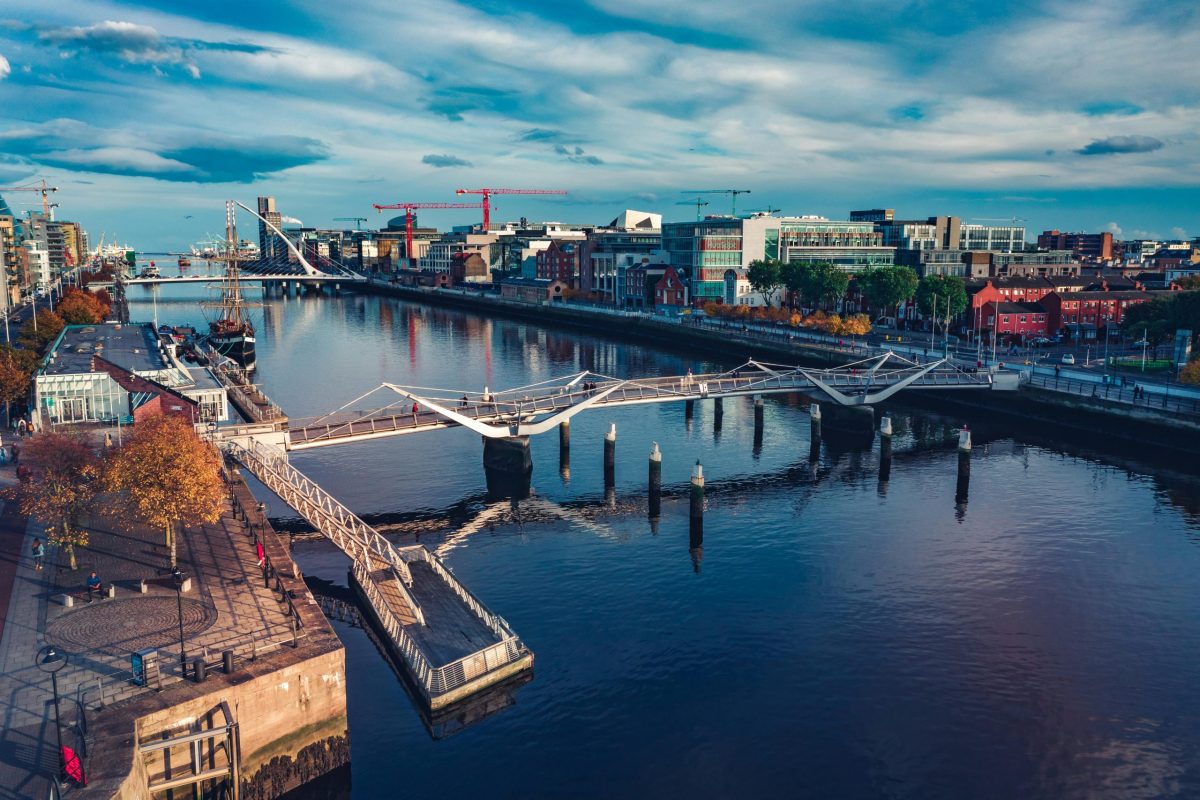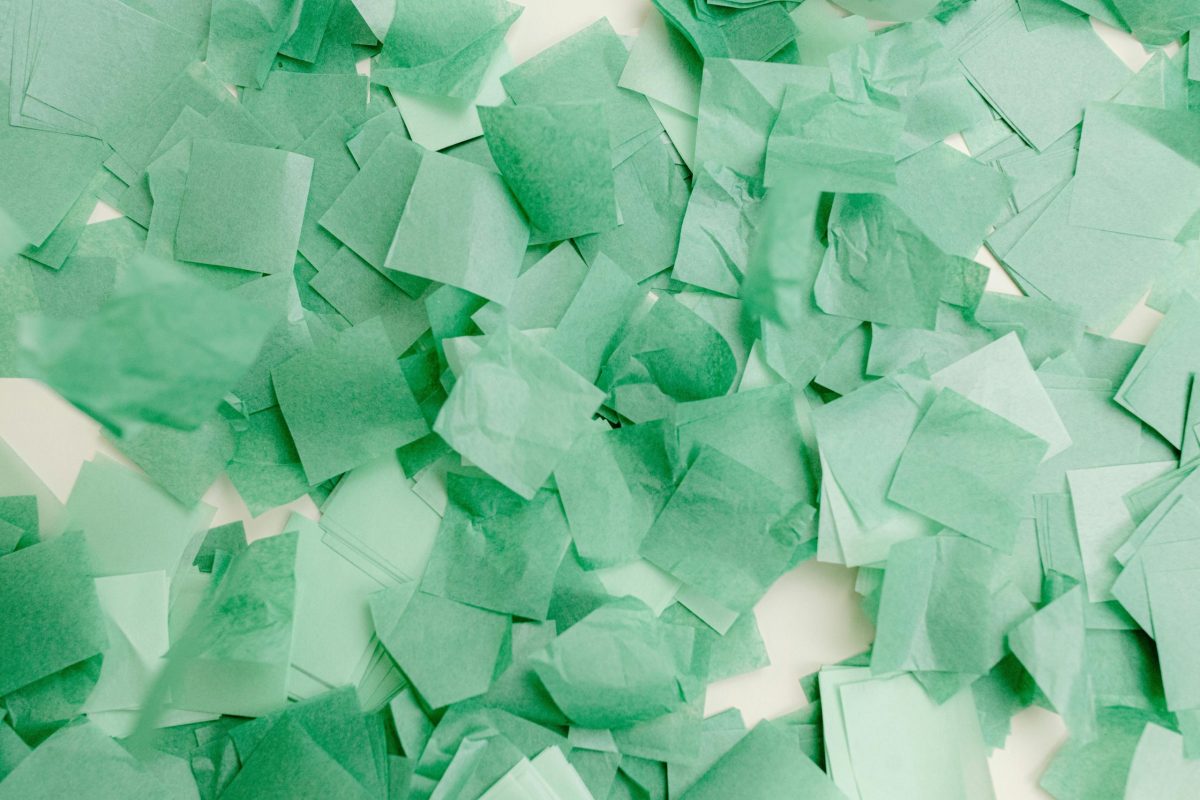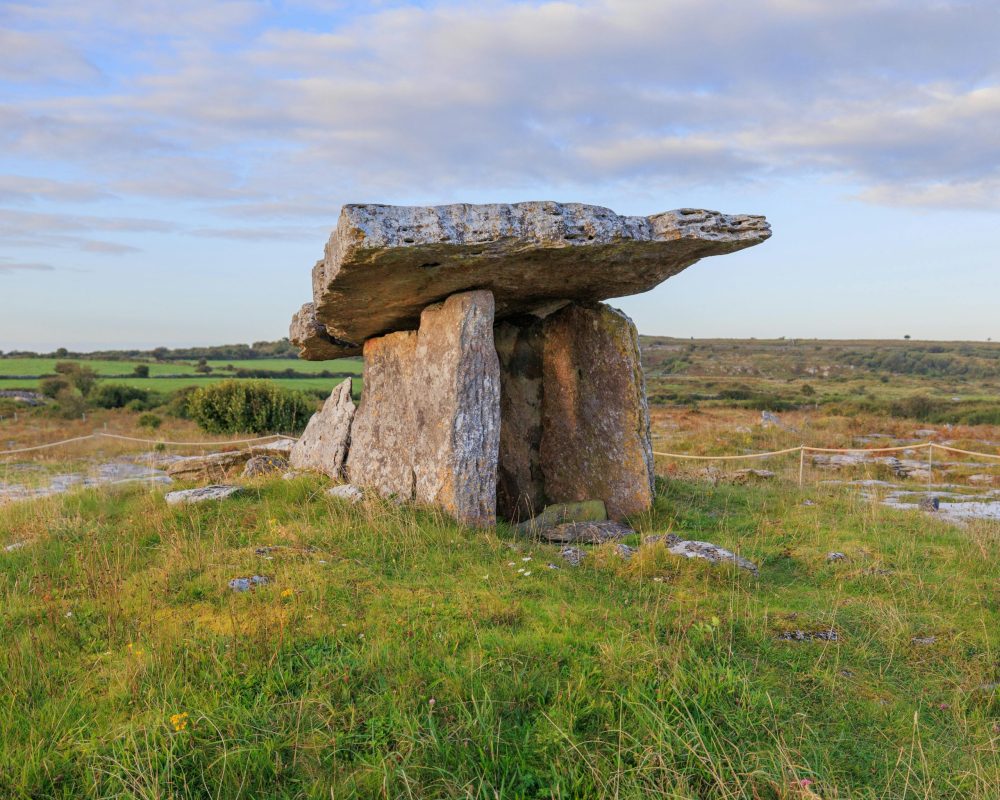Whispers of the Ancients: Tales of Love, Loss, and the Last Drink in the Pub Where Time Stands Still
Estimated reading time: 5 minutes
Key Takeaways
- Pubs are vital to Irish culture, serving as community hubs.
- Stories shared over drinks create lasting connections and memories.
- The spirit of the Irish diaspora is captured in pubs around the world.
Table of Contents
Introduction
A Lasting Legacy in Kerry
Echoes of History
Reality Today
Did You Know?
FAQs
Final Word
Introduction
Gather ‘round, my friends. The air thick with the scent of whiskey, the room lit by memories, and tales taller than the last key-stone of an old stone cottage. Each drink, a laugh, a tear, a whisper. We gather here, the children of the mossy glen and the crumbling castles, to echo the footsteps of our ancestors, those who linger yet in the corners of our minds, fueling the stories we love to share over pints of stout and soft whispers about love, loss, and the last drink where time seems to stand still.
A Lasting Legacy in Kerry
In the heart of Kerry, there’s a pub, or rather a sanctuary, known as O’Sullivan’s. The flooring, a patchwork of worn boards, sings beneath the weight of time and tiresome feet. In the crackling warmth of the fireplace, whispers of love lost and battles fought linger in the air, as tangible as the froth of a freshly poured pint.
Steeped in the memories of local lore, countless souls have spilled their secrets and sorrows here. One cold evening, as the storms howled outside, Mary Collins—a spirited widow—raised a glass to her late husband, whispering the old Irish love poem that had ridden the winds for generations. This last toast, captured in our hearts, is what memories are made of — the power of love transcending even the cold grip of death. O’Sullivan’s became a shrine that night, souls entwined in song and spirit, every drink rekindling tales of what has been and what could have been.
Echoes of History
Whispers in the pub resonate beyond the timber and stone, weaving into the fabric of the broader Irish experience—the stories of diaspora, loss, and hope. When the echoes of a fiddler blend with the laughter of a distant auntie, feelings surge into the twilight, capturing the essence of Irish resilience and longing. Each night, as the world grows smaller and the distance between hearts stretches like a rubber band, pubs like O’Sullivan’s become bastions of memory.
They are the places where hearts unite and mourn, where political debates forge friendships, and allegiances are sealed over shared rounds, akin to blood oaths sworn in secret. Aye, this spirit binds us, connecting the county of our beginnings with the far-off lands we find ourselves in today, be it in Boston or Sydney, where a pint of Guinness can heal a broken heart or spark a passionate debate. If the walls of our pubs could speak, they would tell stories that would bring down empires and lift spirits.
Reality Today
Today, as we face uncertainties like rising costs and housing woes, the steady pulse of the pub remains. It’s where the younger generation, who struggle to find homes and work, gather to rekindle that age-old connection of belonging. The face of the Irish diaspora is shifting—once comprised mainly of those fleeing from hardship, now also of those seeking a life imbued with our rich culture and community spirit. The vibrant sounds of children shouting ‘go on, Mayo!’ mingle with memories of their grandparents’ stories—a lineage carried through pride and perseverance.
And while we navigate today’s challenges, we hold close that sense of home. Whether it’s a Kerry jersey worn with pride or a rebel song sung till dawn, we lean into these connections fiercely; they remind us that the last drink in the pub can be both a beginning and an end, a farewell and a celebration.
Did You Know?
- The Irish pub industry employs over 60,000 people nationwide, each one a storyteller in their own right.
- Kerry is known for its stunning landscapes and rich folklore, drawing countless visitors seeking to embrace the magic of the land.
FAQs
What is the significance of pubs in Irish culture?
They are the heartbeats of communities, places where stories are shared, troubles are forgotten, and family ties are strengthened. You can feel the past sitting next to you, as real as the drink in your hand.
How can I experience this spirit outside of Ireland?
Look for local Irish pubs; they bring a slice of home wherever you are. Find the GAA jersey of your county’s team and wear it with pride, for it’s not just thread; it’s a connection to blood, sweat, and glorious memories.
Final Word
So, the next time you pull up a chair in a pub, wherever it may be, remember you’re not just sharing a drink; you’re sharing a legacy. Here’s to the whispered tales and the souls still with us, lifting hearts and spirits in the fading light. If you carry the same pride we do, you’ll find a piece of home waiting at HubIrish.com.

